Canadian maple, caught in squares and parks of the middle strip from North America, is perfect for landscaping both public places and private estates. A spectacular, decorative tree with a spreading crown can easily decorate any site, creating a cozy atmosphere of a shady garden.
Material Content:
Botanical Description of Varieties
Canadian maple, it is also sugar, is represented by powerful trees that can reach 40 meters in height. The dense crown is formed by graceful branches covered with a reddish bark. Slightly toothed leaves, distinguished by their special decorativeness, are located opposite and attached to the shoots with the help of long petioles. With the advent of autumn, foliage plays with various colors of yellow and purple. In the flowering period, which occurs in spring, racemose inflorescences consisting of greenish-yellow flowers are observed. After flowering is completed, fruits are formed, which are lionfish.
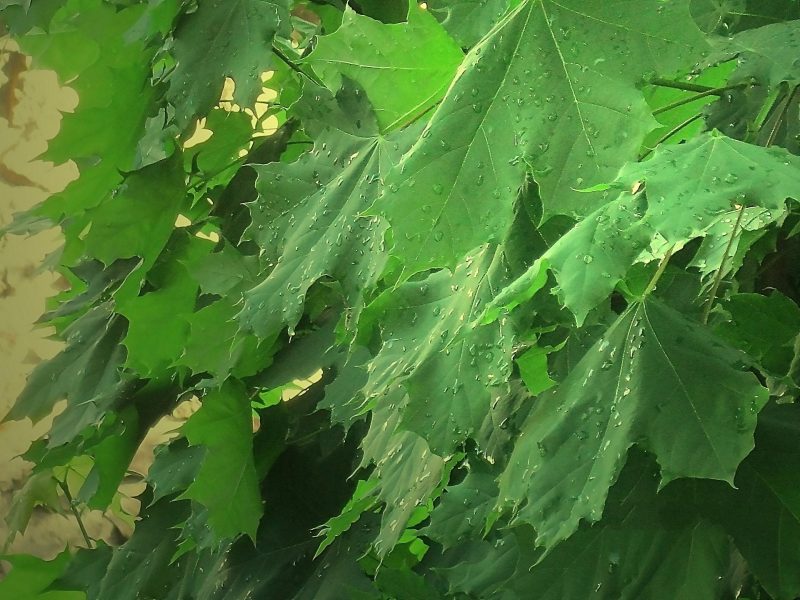
There are two forms of a typical type:
- Red Canadian maple - representatives are distinguished by a red color of foliage, which by autumn becomes even brighter and more saturated. The subspecies is less demanding on the composition of soils than the typical variety.
- Silver maple - a distinctive characteristic of wood is the silver color of the back side of the leaf plate. A thick, ellipsoidal crown made a native of Canada a very popular plant in park areas of Europe.
Canadian Maple Growing Area (Acer saccharum)

A native of Canada spread to the entire eastern United States. Over time, culture took root in the Old World, occupying vast territories of Europe and even partially Asia.
Planting maple in the open ground

For the successful cultivation of Canadian maple in a personal plot, the correctness of the planting work, including the choice of place and soil, is of great importance.
Choosing a place and soil

A decorative tree feels good in sunny areas protected from the wind. Sugar maple also develops well in light shading. The soil composition of the crop is demanding and needs fertile soil with good drainage qualities.
How and when to plant
The best survival rates are distinguished by annual seedlings grown from seeds, which are grown in containers with fertile and loose soil before planting in open ground, and also hardened beforehand, adapting to the external environment.

Planting, the optimal time of which is considered early spring, is carried out according to the following scheme:
- A pit is excavated with dimensions of 50x50 cm.
- A drainage layer is placed at the bottom, which will protect the roots from stagnation of water.
- A sapling with spreading roots drops.
- The pit is filled with the extracted soil so that the root neck is slightly deepened.
- The trunk circle is crushed and watered at the rate of 1.5 buckets of water per copy.
Agrotechnics cultivation and care

In order to grow sugar maple healthy and pleasing to the eye with its beauty for many years, it is necessary to adhere to the agrotechnical requirements for growing, which include a number of mandatory care measures.
Watering
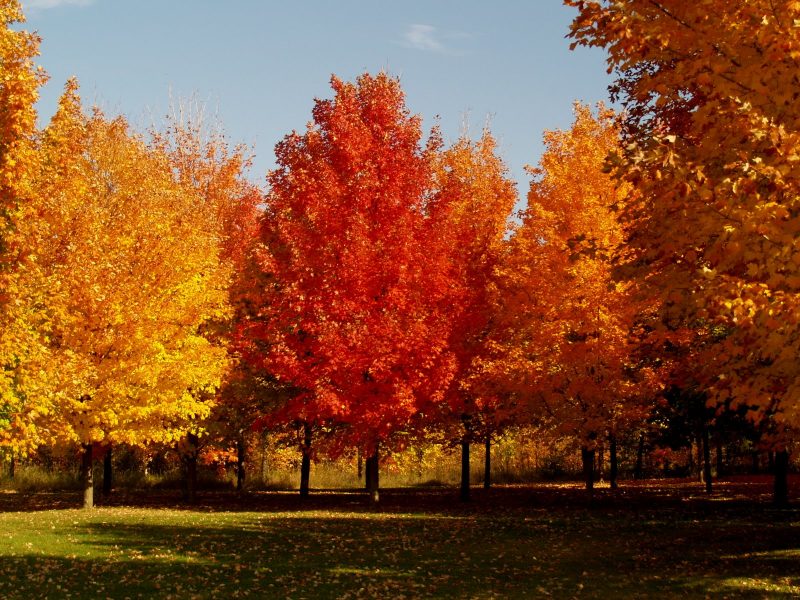
A moisture-loving plant at a young age requires regular hydration - twice a week. With age, the frequency can be reduced, especially in rainy summers.
Loosening and mulching
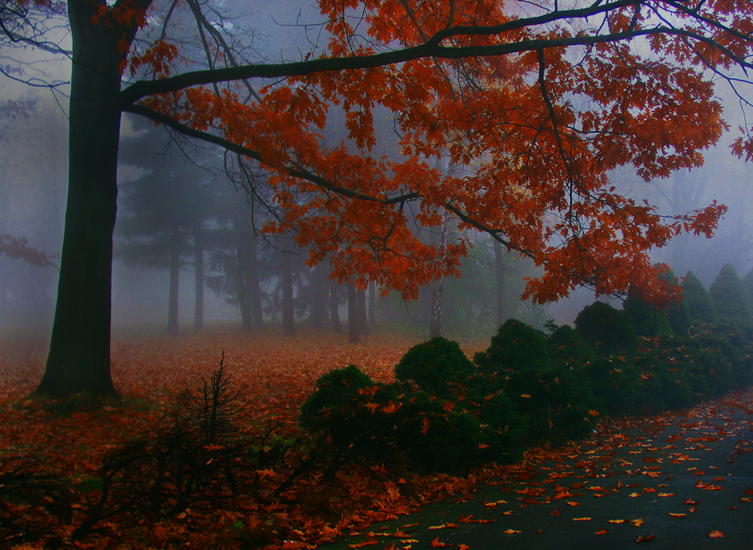
Each spring, the near-stem circle should be covered with a layer of peat, which will also maintain soil fertility. After watering or precipitation, it is recommended to loosen the soil, providing free access of air to the root system.
Top dressing
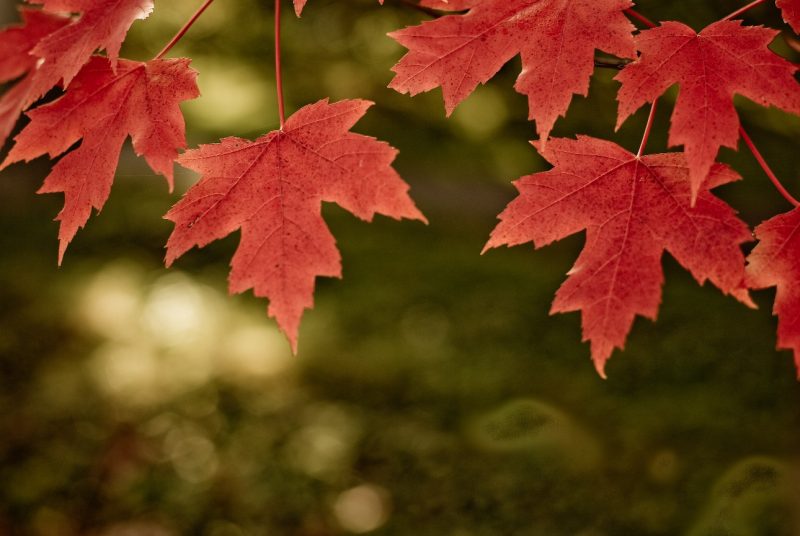
If the culture was planted in the soil with a good fertile layer, then in the first 2 years, additional nutrition is not required. In the future, it is recommended to feed the wood with phosphorus-potassium mineral fertilizers, as well as organics with a high nitrogen content in an accessible form.
Protection against diseases and pests

Among the diseases, coral spotting is considered the most common, at the first signs of which it is necessary to immediately remove the affected shoots, after which the places of cuts should be treated with garden var. If the tree was attacked by harmful insects, it is necessary to treat the crown with an insecticide. As a preventive measure, each spring, the maple should be sprayed with a tank mixture.
Cropping and shaping the crown

To form a dense, beautiful crown, formative pruning should be carried out in the spring before the sap flow begins. In the autumn, after the leaves fall, it is not recommended to cut the Canadian maple. With annual pruning, when weak, sick, growing shoots are also removed, about 40% of last year’s growth is cut off, which allows to stimulate the development of new branches.
Wintering Canadian Maple
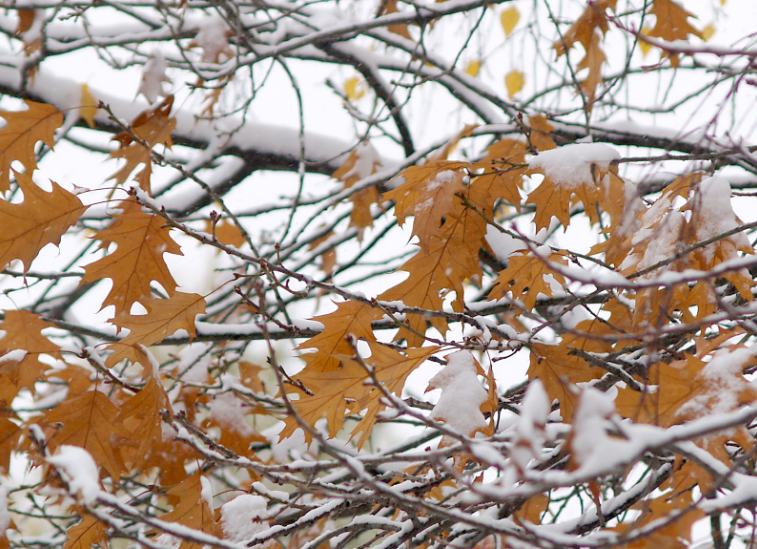
Adult specimens can withstand temperatures down to -40 ° C. However, seedlings and young specimens should be protected from frost and glaciation by wrapping the sack with burlap, as well as by mulching and covering with a spruce spruce branch tree trunk.
Areas of use
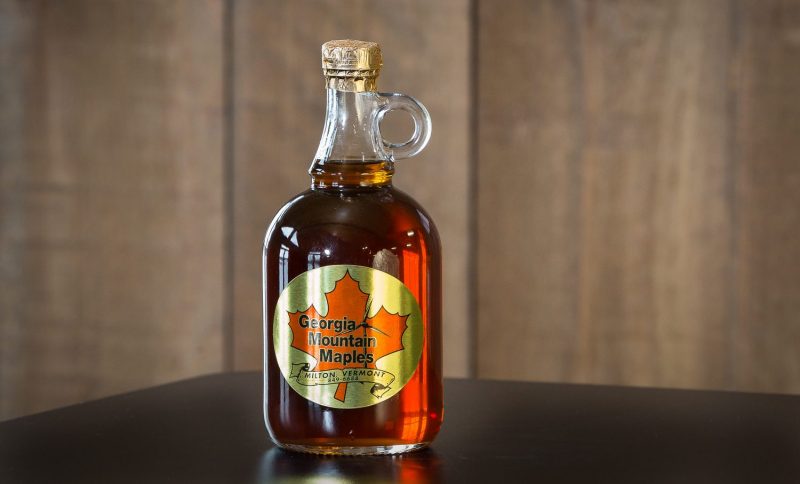
Canadian maple is widely used in various fields of life:
- Production of furniture, interior elements and a number of building materials - due to excellent hardness, resistance to mechanical stress, good density, maple wood is used in the manufacture of parquet, cladding panels, furniture elements and even musical instruments.
- Cooking - in the spring, during the swelling of the kidneys, sweet juice is collected, from which maple syrup and a variety of sweets are made.
- Landscaping - for the high decorative qualities of a dense crown, which is distinguished by the brightness of colors, the variety is very appreciated by landscape designers in the design of garden and park ensembles.
So, the Canadian maple, characterized by a long life and a luxurious crown, will become the highlight of the garden, creating an excellent shadow, delighting the eye with an abundance of colors and giving sweet juice.












